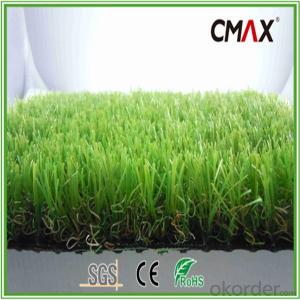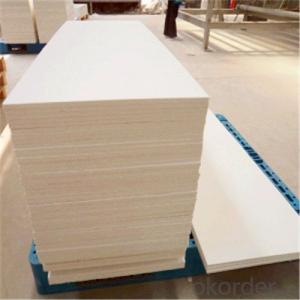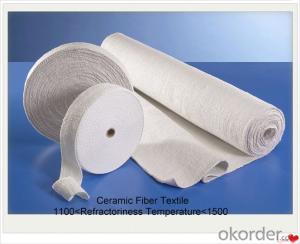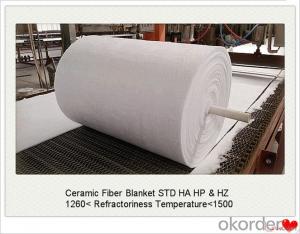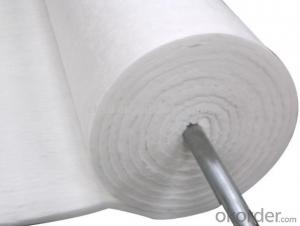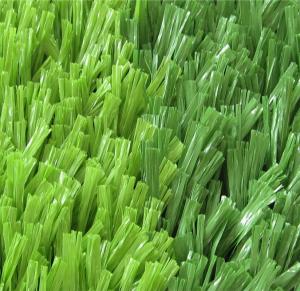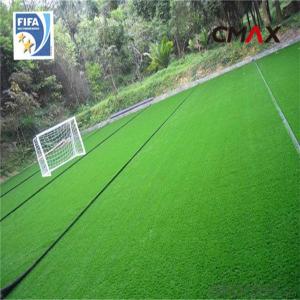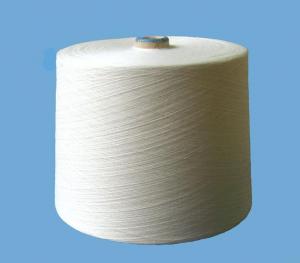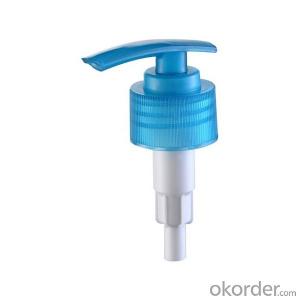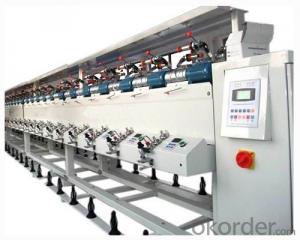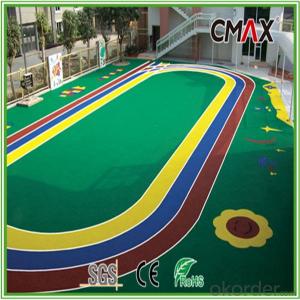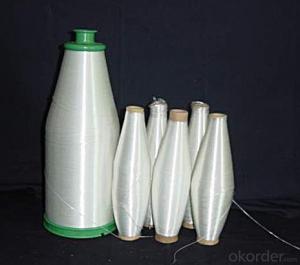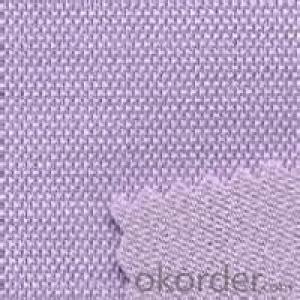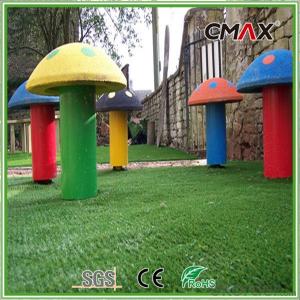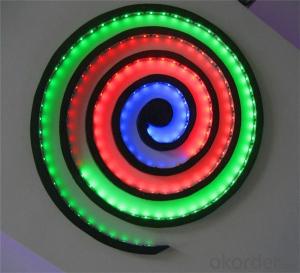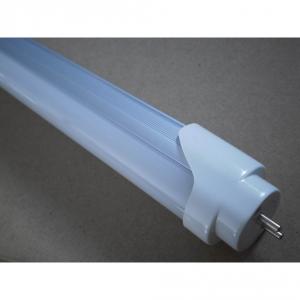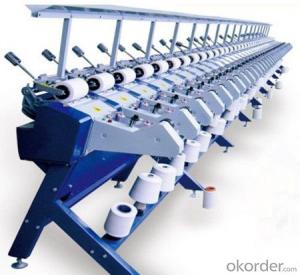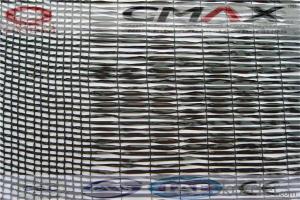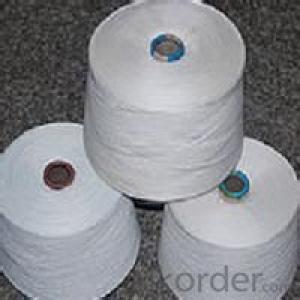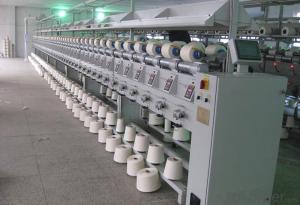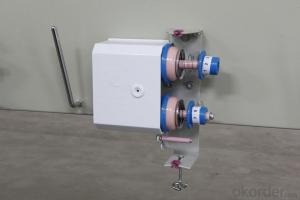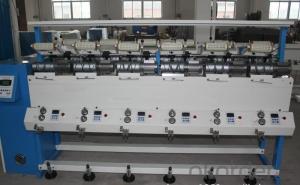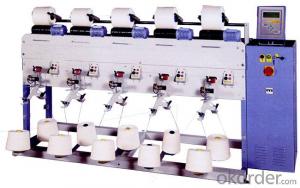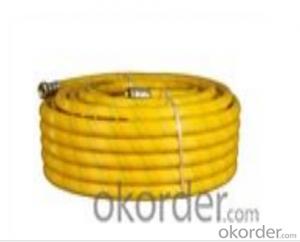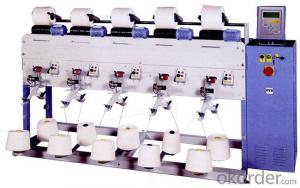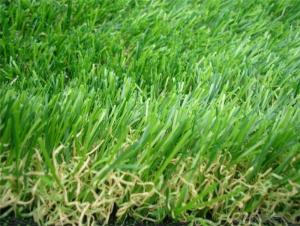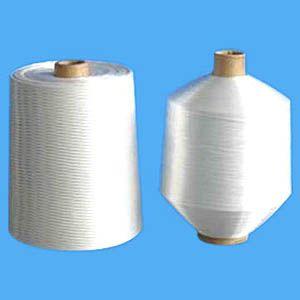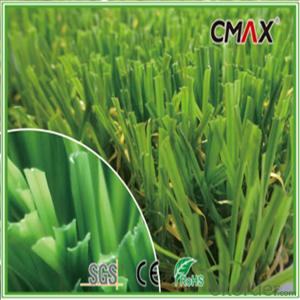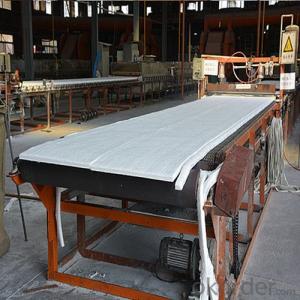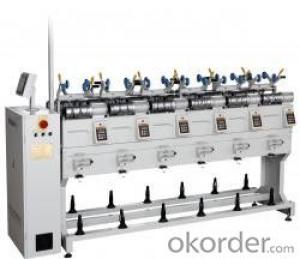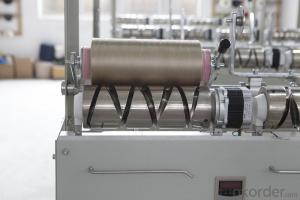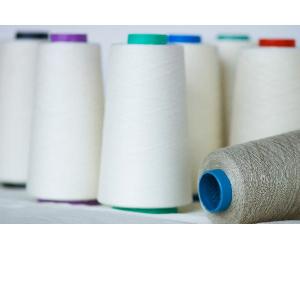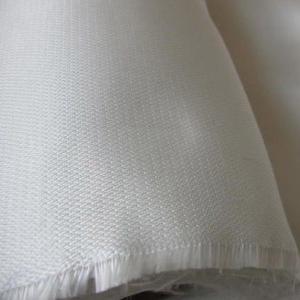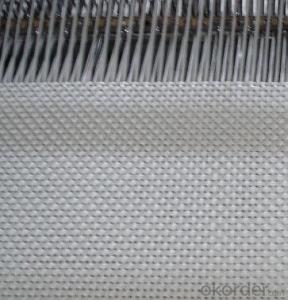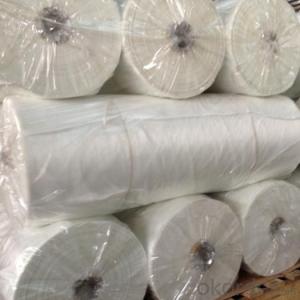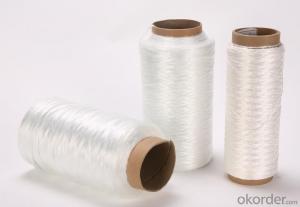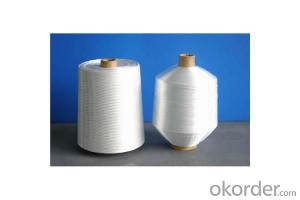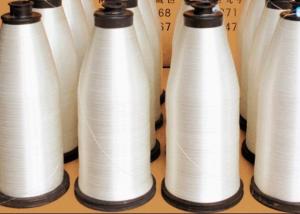Multicolor Yarn
Multicolor Yarn Related Searches
2 Inch Styrofoam Insulation Sheets Home Insulation Contractors Indoor Window Insulation Urethane Insulation Panels Fine Home Textiles Classic Wood Furnace Expanded Perlite Insulation Blown Insulation Calculator Cavity Insulation Polyisocyanurate InsulationHot Searches
Thermal Coal Spot Price Australian Thermal Coal Price Rocksol Insulation Cost Cement Fibre Cladding PricesMulticolor Yarn Supplier & Manufacturer from China
Okorder.com is a professional Multicolor Yarn supplier & manufacturer, offers integrated one-stop services including real-time quoting and online cargo tracking. We are funded by CNBM Group, a Fortune 500 enterprise and the largest Multicolor Yarn firm in China.Hot Products
FAQ
- No, fiberglass yarn is not suitable for use in windshields. While fiberglass has excellent strength and heat resistance properties, it is not transparent and cannot be used as a windshield material. Windshields require a material that is transparent, durable, and capable of withstanding impacts and extreme temperatures. Common windshield materials include laminated glass, which is made by sandwiching a layer of polyvinyl butyral (PVB) between two layers of glass. This combination provides the necessary transparency, strength, and impact resistance required for windshields.
- Yes, fiberglass yarn is typically resistant to compression or crushing due to its high tensile strength and rigid nature.
- Yes, fiberglass yarn can be used in the production of gaskets and seals. Fiberglass yarn is a versatile material that has excellent heat resistance, high tensile strength, and good chemical resistance. These properties make it suitable for use in various industrial applications, including gaskets and seals. Fiberglass yarn can be woven or braided to create strong and durable gaskets and seals that can withstand high temperatures and provide a reliable barrier against leaks or fluid transfer. Additionally, fiberglass yarn can be combined with other materials or coatings to enhance its performance and adapt it to specific requirements. Overall, the use of fiberglass yarn in the production of gaskets and seals offers a cost-effective and reliable solution for various sealing applications in industries such as automotive, aerospace, and manufacturing.
- Yes, fiberglass yarn can be used in the reinforcement of plastic pipes. Fiberglass yarn is known for its high tensile strength and excellent resistance to corrosion, making it a suitable material for reinforcing plastic pipes. The fiberglass yarn is typically used to create a mesh or fabric that is embedded within the plastic material during the manufacturing process of the pipes. This reinforcement enhances the structural integrity and durability of the plastic pipes, enabling them to withstand higher pressure, temperature, and external forces. Additionally, the use of fiberglass yarn in plastic pipe reinforcement helps to prevent cracking, leaking, and other potential damages, thereby extending the lifespan of the pipes.
- Aerospace composites can indeed utilize fiberglass yarn. This versatile material finds widespread use across various industries, including aerospace, as it effectively reinforces composite materials. Its exceptional tensile strength, stiffness, and resistance to chemicals render it ideal for high-performance applications like aerospace composites. Fiberglass yarn is commonly employed as a reinforcement, taking the form of woven rovings, fabrics, or tapes. These are subsequently impregnated with resin to produce composite parts that can be utilized in aerospace applications such as aircraft structures, interior components, and even spacecraft. The lightweight nature of fiberglass yarn further enhances its suitability for aerospace composites, as it aids in reducing overall aircraft weight without compromising structural integrity. Consequently, fiberglass yarn presents a viable choice for aerospace composites.
- Indeed, concrete pipes can be reinforced with fiberglass yarn. Renowned for its exceptional corrosion resistance and high tensile strength, fiberglass yarn proves to be an optimal material choice for reinforcing concrete structures. By incorporating fiberglass yarn into the concrete mixture, the overall robustness and endurance of the concrete pipes are significantly heightened, granting them enhanced resistance against cracking, impact, and external forces. Furthermore, fiberglass yarn aids in averting crack formation caused by temperature fluctuations and shrinkage, thereby securing the long-lasting durability and structural soundness of the concrete pipes.
- Yes, fiberglass yarn can be used in combination with other materials. It is commonly combined with other types of yarn or fibers to create composite materials with enhanced properties. For example, fiberglass yarn can be combined with resin to create fiberglass-reinforced polymers, commonly known as fiberglass. This combination increases the strength, stiffness, and durability of the material. Additionally, fiberglass yarn can be used in combination with other natural or synthetic fibers to create hybrid fabrics, which can provide a balance of properties such as strength, flexibility, and heat resistance. Overall, the ability to combine fiberglass yarn with other materials allows for the creation of new materials that possess a unique combination of properties for various applications.
